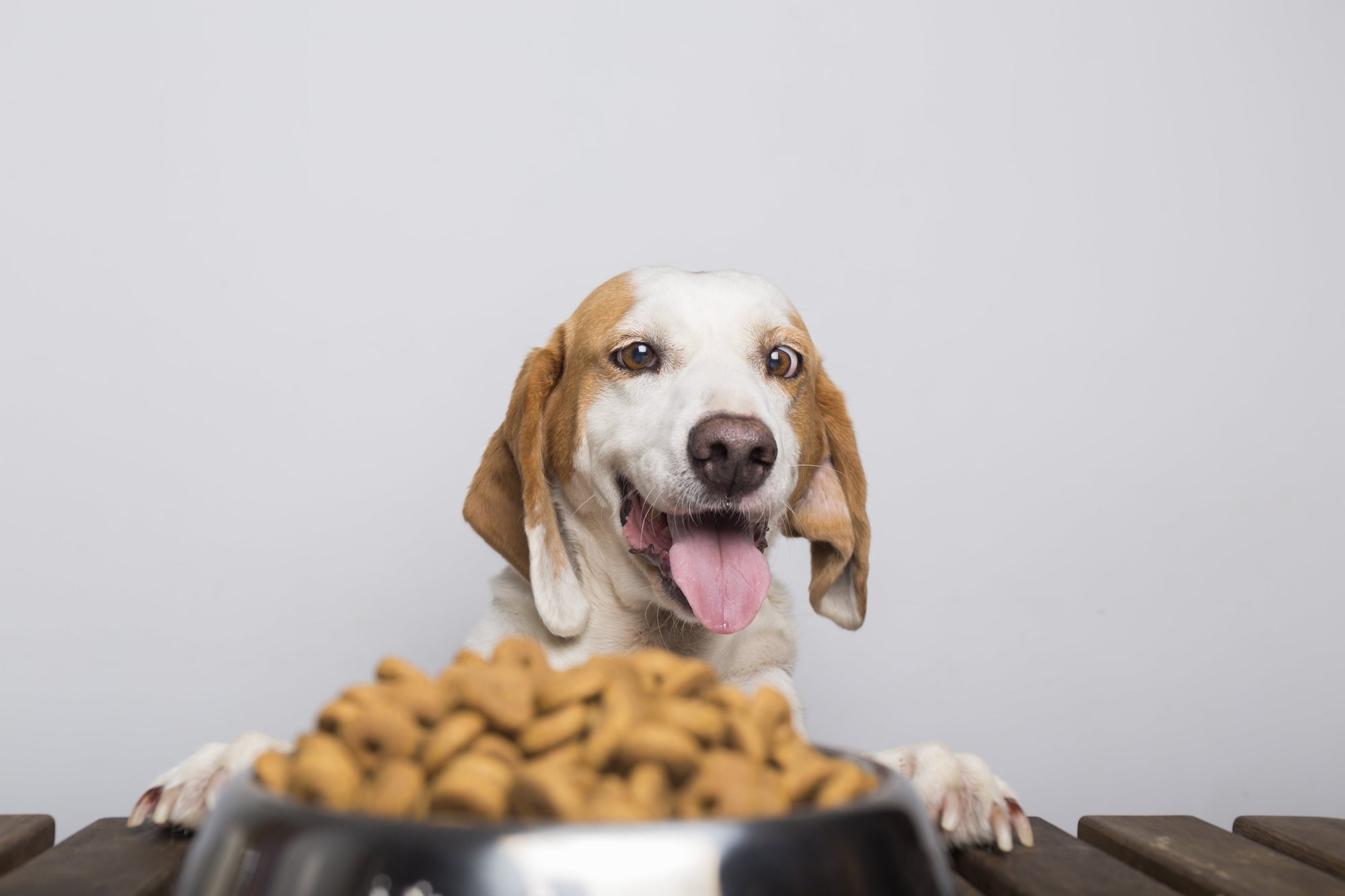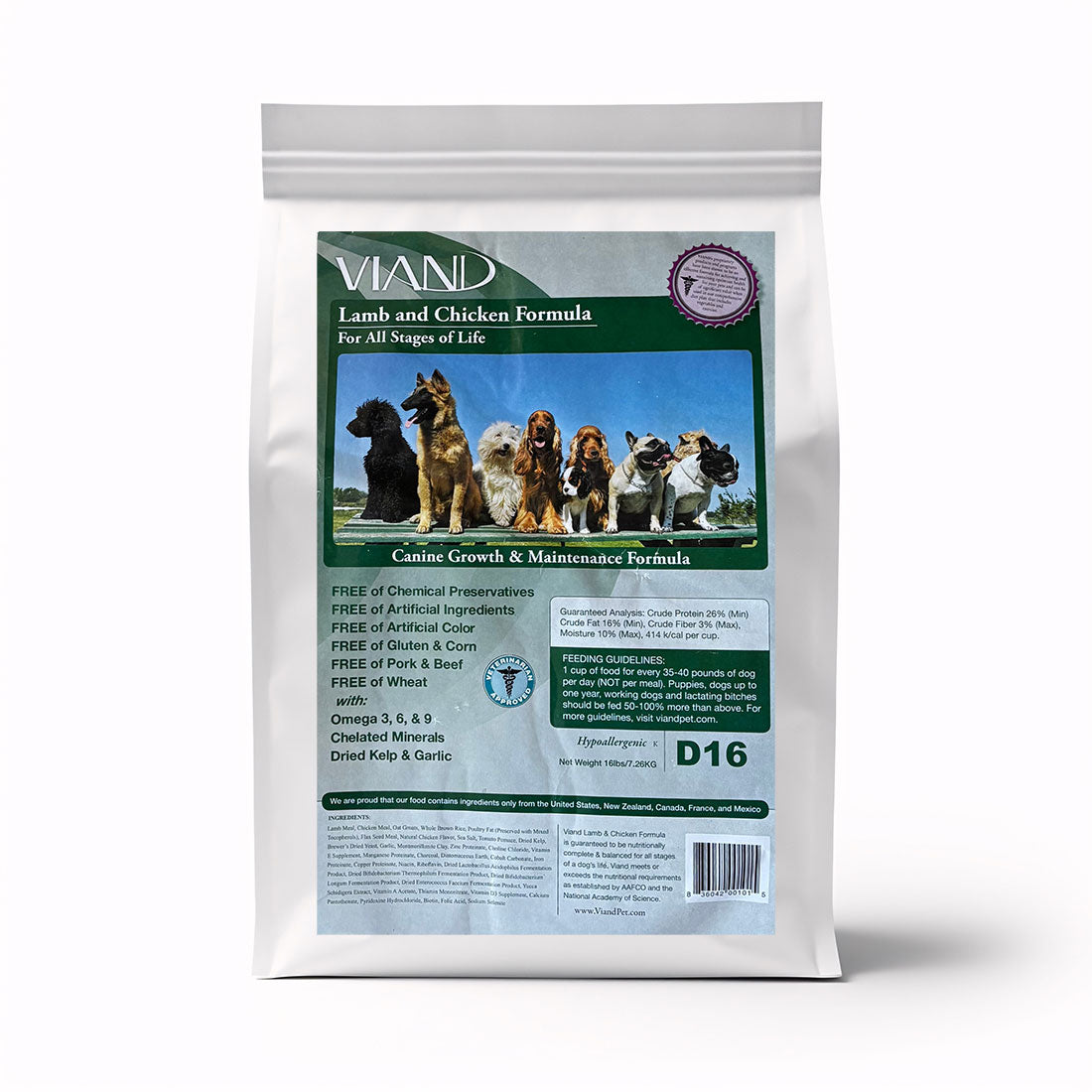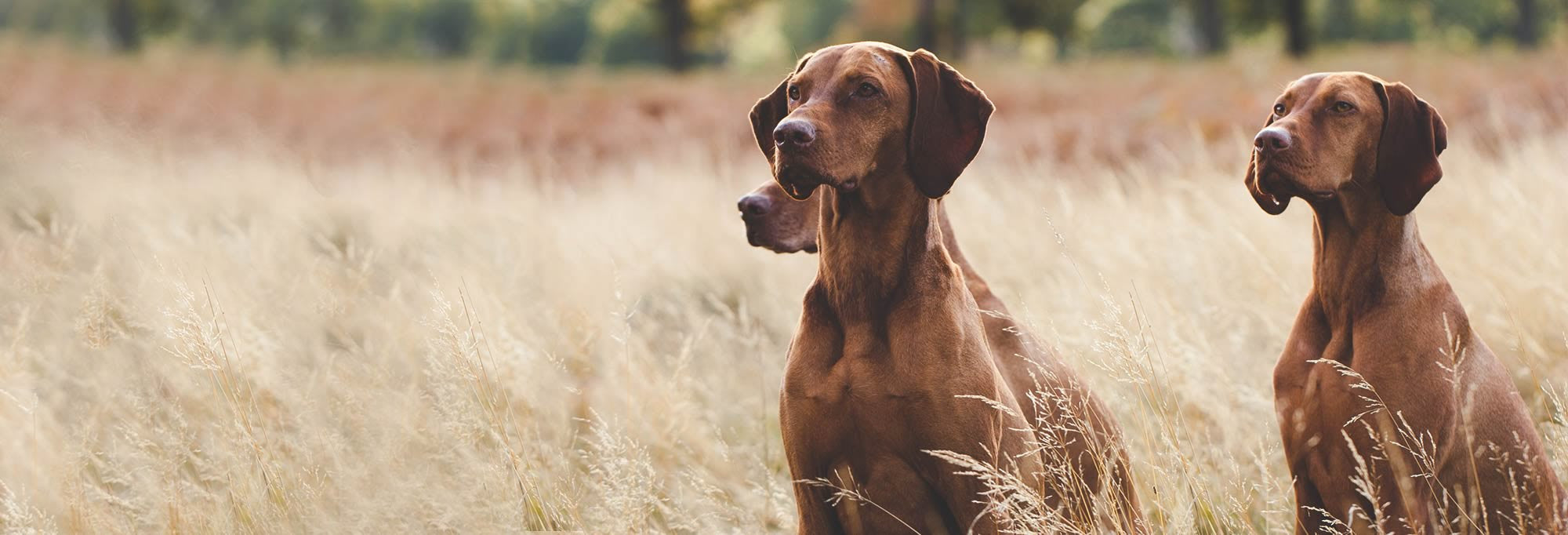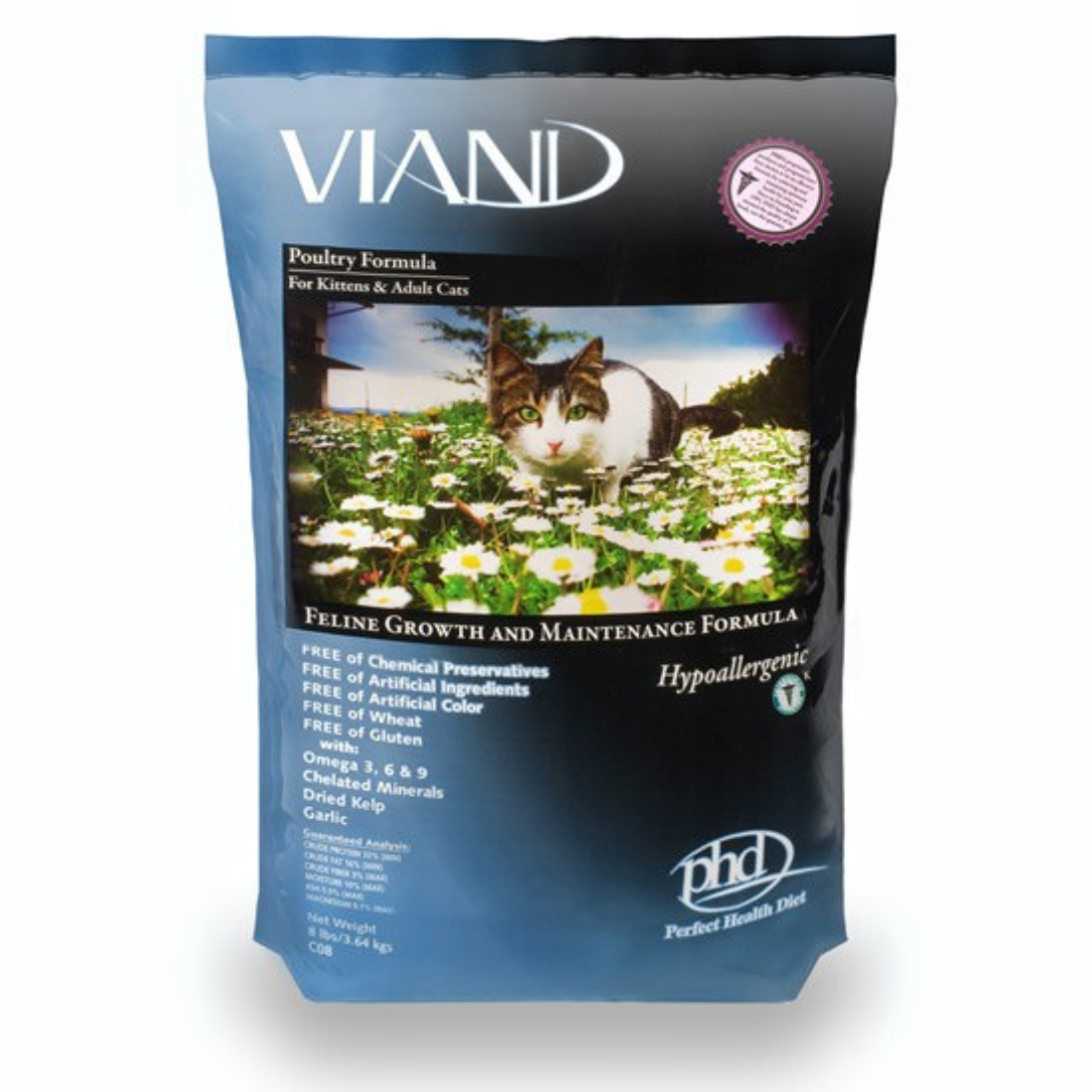

· By Scott Pollak
Is Peanut Butter Safe for Dogs? What Every Pet Parent Should Know
Few things make dogs happier than a lick of peanut butter. Whether it’s smeared inside a Kong, used to hide medication, or simply served off a spoon, it’s one of those universal favorites.
But while most dogs can safely enjoy peanut butter, not all peanut butter is safe for dogs.
Let’s unpack what makes this classic treat a good thing—in moderation—and what you need to watch out for.

The Big Red Flag: Xylitol
If you remember one thing from this article, make it this:
Never give your dog peanut butter that contains xylitol.
Xylitol is a sugar substitute found in many “sugar-free” or “low-calorie” foods—especially those marketed for humans watching their sugar intake. It’s perfectly safe for people, but highly toxic to dogs.
Even a small amount can trigger a dangerous drop in blood sugar (hypoglycemia) and, in severe cases, liver failure.
Symptoms of xylitol poisoning can appear within minutes to an hour and may include:
-
Vomiting
-
Weakness or collapse
-
Loss of coordination
-
Trembling or seizures
-
Sudden lethargy
If you suspect your dog has eaten anything containing xylitol, contact your vet or an emergency clinic immediately. Time matters.
When checking peanut butter labels, look out for other names xylitol might hide under:
-
“Sugar alcohol”
-
“Birch sugar”
-
“Wood sugar”
-
“Birch bark extract”
If you see any of those—put it back on the shelf.
What Makes a Peanut Butter Dog-Safe
The best peanut butter for dogs is simple. You want as few ingredients as possible—ideally just:
-
Peanuts
-
(Optional) a small amount of salt
Natural or unsweetened peanut butter is your safest bet. Avoid brands that list added sugars, palm oil, or hydrogenated fats, which can cause digestive irritation or add unnecessary calories.
A quick rule of thumb: If you can’t pronounce it, don’t feed it.
Peanut Butter Nutrition: The Good and the Not-So-Good
The good:
Peanut butter is rich in protein, vitamin E, healthy fats, and niacin—all beneficial for your dog’s skin, coat, and energy. Used wisely, it can even help with training, enrichment, or bonding.
The not-so-good:
It’s also calorie-dense—roughly 90–100 calories per tablespoon. That adds up fast, especially for smaller dogs. Too much can lead to weight gain or, in sensitive dogs, trigger pancreatitis flare-ups due to the high fat content.
For most dogs, a small spoonful once or twice a week is plenty. Think of it as dessert, not dinner.
How to Safely Serve Peanut Butter
Here are some easy ways to make peanut butter fun and safe:
-
Spread a thin layer inside a Kong or lick mat for enrichment.
-
Mix a small amount into homemade dog treats.
-
Use as a positive distraction during nail trims or baths.
-
Always measure—don’t eyeball—and account for the calories in your dog’s daily intake.
And remember: moderation keeps the treat special.
Final Thought
Peanut butter can be a delightful addition to your dog’s week—but it’s not all created equal.
Read the label. Skip anything with xylitol, artificial sweeteners, or unnecessary additives.
Stick with simple, natural peanut butter and use it sparingly as part of a balanced routine.
Your dog will get all the joy (and none of the risk).
Because when it comes to wellness, the little things we do right make all the difference.


